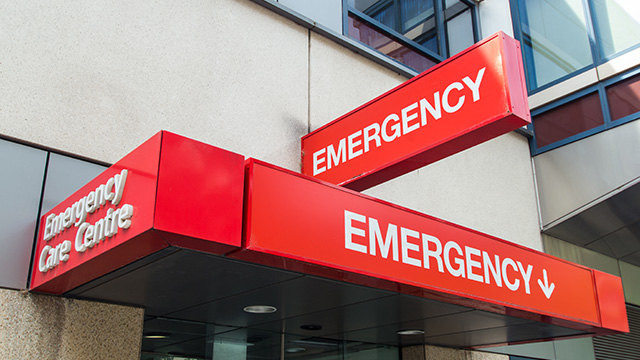For years, policymakers, providers, and researchers have looked for ways to help frequent users of emergency departments (ED), a population with complex medical needs, in order to reduce readmissions, deliver better care, and cut costs. Many interventions are designed to reduce ED revisits and readmissions, yet little evidence exists about frequent ED users’ mortality risk. A groundbreaking study in the January issue of Health Affairs, Past Frequent Emergency Department Use Predicts Mortality, sheds new light on this issue. The article, coauthored by Mathematica Researcher Matthew J. Niedzwiecki, finds that frequent ED users are at higher risk for mortality compared with similar patients receiving emergency care.
The authors used California hospital data for 2005–2013 linked to vital statistics data. Three key findings emerged from their research:
- Frequent visits to the ED in the past year were predictive of mortality among nonelderly patients in both the short (7 days) and longer terms (2 years). This finding held even after researchers controlled for patient demographic characteristics, insurance status, and comorbidities.
- Frequent ED use up to four years before death was a significant predictor of longer-term (two-year) mortality. The association between frequent ED use and two-year mortality was stronger for more recent frequent use and diminished as the documented frequent use was further back in time.
- Unlike previous studies, this study did not find strong evidence that ED super users (those with at least 18 visits annually) had lower mortality rates than patients with 4 to 17 visits. Findings suggest that super users were similar to patients with 4 to 17 visits per year, and that super use might not indicate lower acuity or medical need.
“Many observers view patients who frequently visit the ED as people who are using emergency care inappropriately, but our findings help dispel this myth,” said Niedzwiecki. “Our results suggest that providers should view frequent ED use as a marker of serious medical needs and as an independent risk factor for death in the short- and longer-term. Although this study examined only California data, and, as such, might not be generalizable to the other states, it indicates that frequent ED users have serious medical needs, suggesting a call for additional research and interventions focused on this population.”
Study methodology enables broader view of ED use
The study adds to the body of evidence on ED use and differs from previous research in notable ways. It is the first study to estimate the association between patients’ histories of frequent ED use and mortality, accounting for multiple years of prior utilization and follow-up. Data enabled researchers to track all visits to nonfederal California hospitals, were not limited by changes in patients’ insurance coverage, and measured both short- and long-term mortality in and out of the hospital. Most prior literature focused only on deaths that occurred in the ED or during subsequent hospitalizations, not on deaths outside the hospital after discharge. In addition, most studies that examined frequent ED users’ mortality had not assessed it as a primary outcome and were limited to single hospital sites, despite the fact that frequent ED users often visit multiple EDs.


